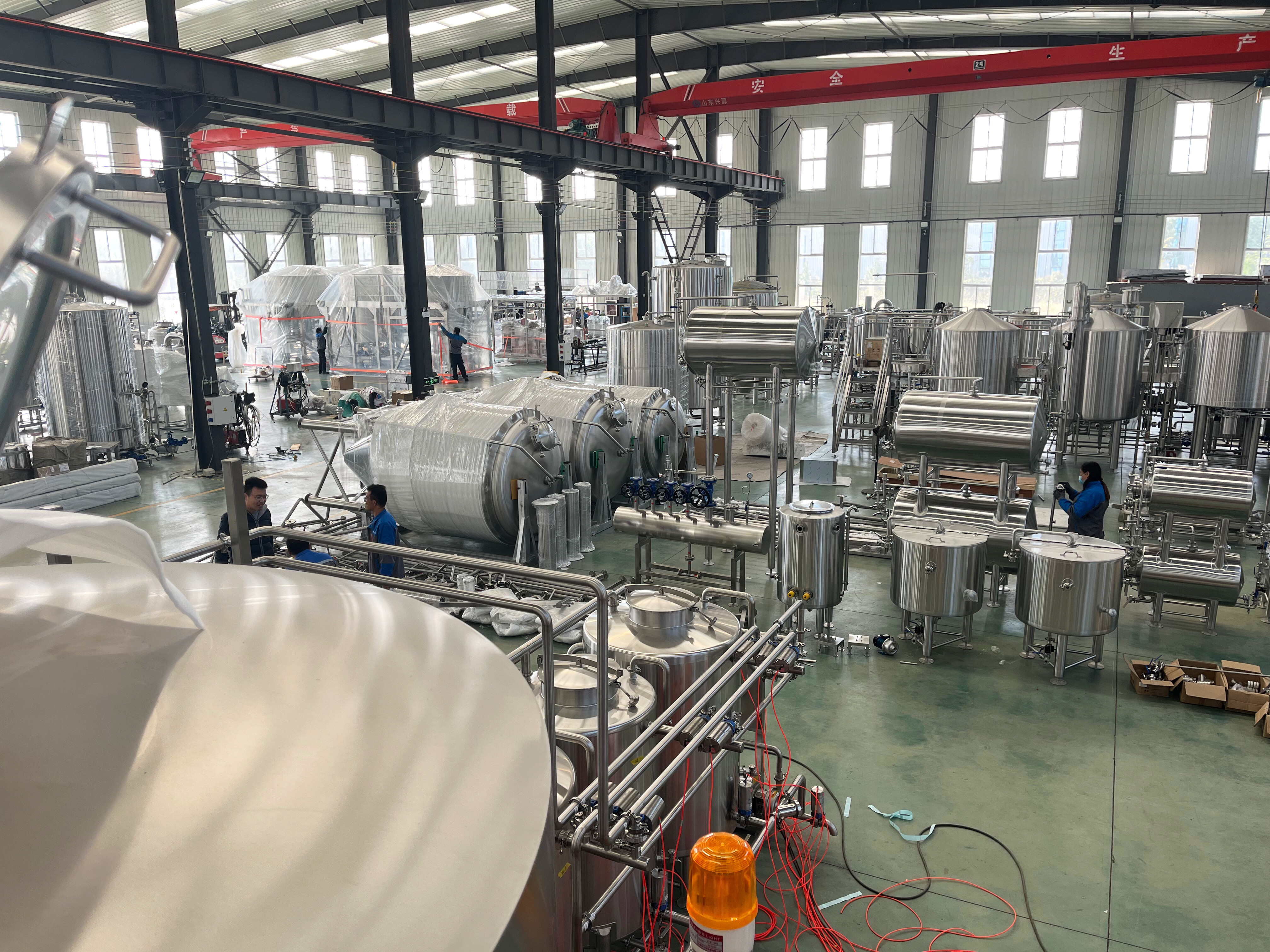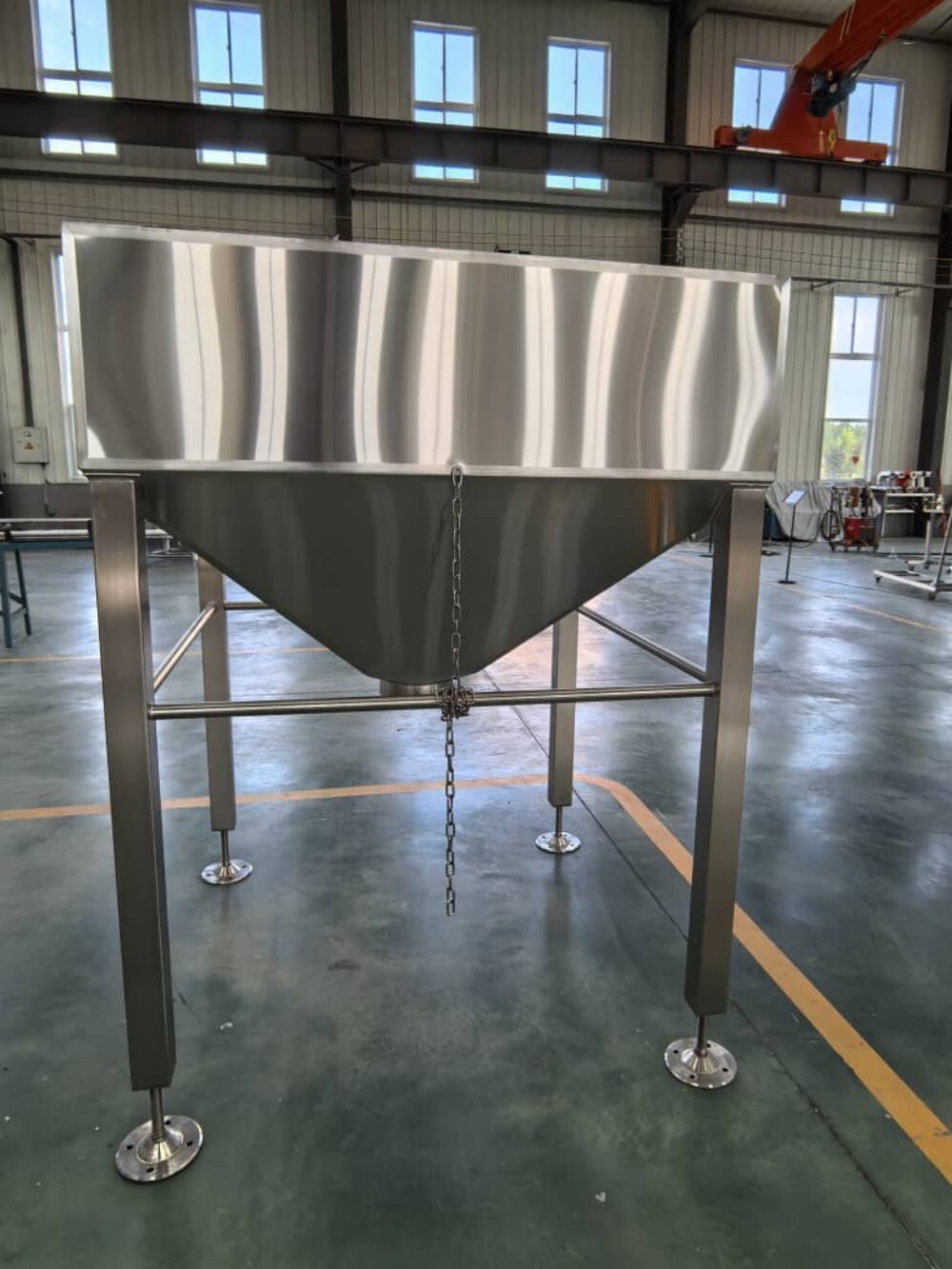
Understanding Brewery Malt Mill Fundamentals
At the heart of every craft brewery operation lies the malt mill - a piece of equipment that directly influences mash efficiency, lautering performance, and ultimately beer quality. The milling process breaks down malted grains to expose starch molecules while preserving the husk structure necessary for proper sparging. Commercial brewers must evaluate mills based on three critical factors: throughput capacity, particle consistency, and husk integrity.
Roller Mill vs. Hammer Mill: Performance Comparison
Cost Considerations for Brewery Malt Mills
When budgeting for a brewery malt mill, commercial operators must consider both capital expenditures (CAPEX) and operating expenses (OPEX). Entry-level two-roller mills start around $2,500, while professional-grade four-roller systems can exceed $15,000. The 400L 2 Vessel Beer Brewing System represents an optimal mid-range solution that balances upfront costs with long-term reliability.
Total Cost of Ownership Analysis
- Initial Investment: Equipment purchase price (30-50% of TCO)
- Maintenance Costs: Roller replacements ($200-800 annually)
- Energy Consumption: Varies by motor size (1.5-7.5 kW typical)
- Labor Efficiency: Automated systems reduce staffing needs
Quality Metrics for Malt Mill Selection
Beyond cost factors, discerning brewers evaluate mills using measurable quality parameters. The American Society of Brewing Chemists (ASBC) recommends target specifications including:
- Husk-to-Grit Ratio: 70-80% intact husks
- Particle Size Distribution: 20-30% flour, 40-50% grits
- Extract Efficiency: 78-85% for most beer styles
- Thermal Impact: <2°C temperature rise during milling
Industry Applications and Case Studies
Commercial breweries serving different market segments require tailored milling solutions. A regional craft brewery producing 5,000 barrels annually might opt for a two-roller mill with 500 kg/h capacity, while a contract brewing facility would need a heavy-duty four-roller system handling 1,500 kg/h. Our installation of a 400L 2 Vessel Beer Brewing System at Pacific Ridge Brewery demonstrated 12% improved extract efficiency compared to their previous hammer mill configuration.
Market Segment Requirements
Technical Specifications and Certifications
Reputable brewery malt mill manufacturers comply with international standards including:
- EHEDG (European Hygienic Engineering & Design Group)
- 3-A Sanitary Standards for food processing equipment
- CE Marking for European market compliance
- NSF/ANSI Standard 4 for commercial brewing equipment
Common Purchasing Mistakes to Avoid
Through our years of brewery system design experience, we've identified frequent errors in malt mill selection:
- Overestimating Capacity Needs: Buying oversized equipment wastes capital
- Neglecting Future Expansion: Failing to account for growth plans
- Sacrificing Quality for Price: Cheap mills increase long-term costs
- Ignoring Sanitation Requirements: Non-compliant designs risk contamination
Why Choose Our Brewery Malt Mill Solutions
With decades of combined experience in brewery system design, ZYB offers turnkey solutions that balance cost and quality. Our 400L 2 Vessel Beer Brewing System integrates seamlessly with professional-grade milling equipment, delivering:
- Precision-engineered stainless steel construction
- Customizable roller gap adjustments (0.3-2.0 mm)
- Energy-efficient direct-drive motors
- Compliance with international brewing standards
Frequently Asked Questions
What's the ideal gap setting for a brewery malt mill?
For most base malts, we recommend 1.0-1.2 mm gap settings, while wheat malts perform better at 0.7-0.9 mm. The 400L 2 Vessel Beer Brewing System includes micro-adjustable rollers for precise calibration.
How often should mill rollers be replaced?
Depending on usage, hardened steel rollers typically last 2-5 years before requiring replacement. Our mills feature reversible rollers that double service life.
Industry Trends and Future Developments
The brewery malt mill market is evolving with several notable trends:
- Increased adoption of automated gap adjustment systems
- Integration with brewery management software
- Development of hybrid milling technologies
- Growing emphasis on energy recovery systems
For commercial brewers seeking the optimal balance between cost and quality in their brewery malt mill selection, our team offers comprehensive consultation services. Contact us today to discuss your specific production requirements and receive a customized equipment proposal.
Tell us about your brewery equipment requirements!
At ZYB Craft, we’re dedicated to bringing your brewery vision to life. Our expert team of brewers, engineers, and craftspeople is ready to design and manufacture the perfect equipment for your brewing operation. Whether you’re just starting or expanding, we’re here to help. Please leave your specifications, and our team will get in touch to discuss your project in detail. We’ll work closely with you to create equipment that meets your unique needs and budget.
*Rest assured, your information will be kept confidential and used solely for the purpose of assisting you with your brewery equipment needs. We look forward to brewing success together!


